This Day In Aviation History

This Day in Aviation History
August 22nd, 1952
First flight of the Saunders-Roe Princess flying boat.
The Saunders-Roe SR.45 Princess was a British flying boat aircraft built by Saunders-Roe, based in Cowes on the Isle of Wight. The Princess was the largest all-metal flying boat ever constructed.
The project was cancelled after having produced only three examples. By the 1950s, large, commercial flying boats were being overshadowed by land-based aircraft. Factors such as runway and airport improvements added to the viability of land-based aircraft, which did not have the weight and drag of the boat hulls on seaplanes nor the issues with seawater corrosion.
The three airframes were stored against possible purchase but when an offer was made it was found that corrosion had set in; as a result they were scrapped….
Source:
Wikipedia, Saunders-Roe Princess: http://gstv.us/1MDH8iU
YouTube, Saunders-Roe Princess Flying Boats: http://gstv.us/1MDH9U9
If you enjoy the “This Day in Aviation History” collection, you may enjoy some of these other collections from Gazing Skyward TV: http://gstv.us/GSTVcollections
Photo from: http://gstv.us/2b2abBr
#avgeek #flying #boat #SaundersRoe #Princess #British #aviation #history
More Posts from Notneimanmarcus and Others
You know, many people think that mathematics is so complicated. This is wrong. Mathematics is an extremely simple approximation of the world. The world itself is more complicated than anything we can think of.
Cédric Villani, 2010 Fields Medal winner for “his work on developing equations to describe the movement of gas and plasma” [Science Show] (via we-are-star-stuff)
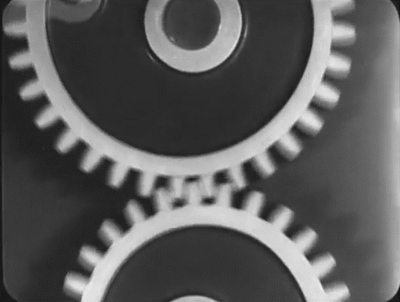

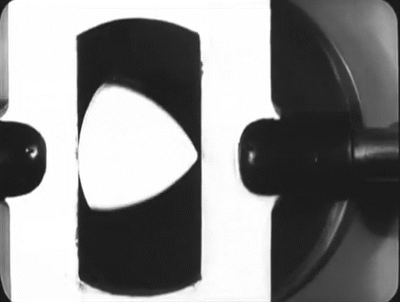

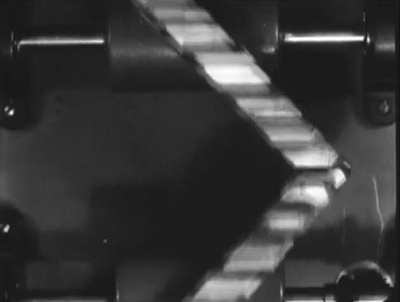
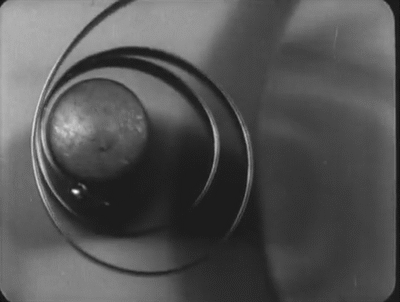
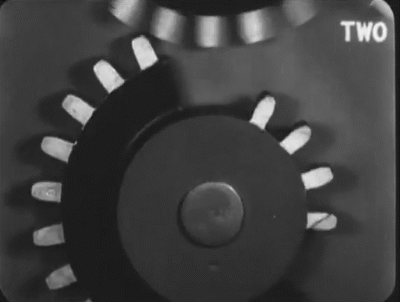

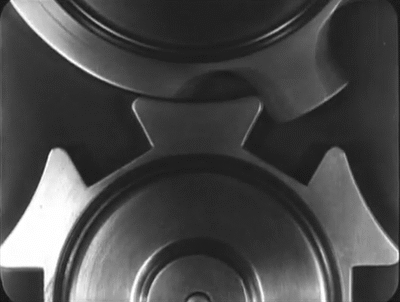
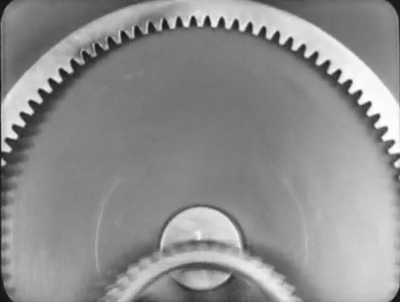
Mechanical Principles by Ralph Steiner (1930)

A picture from the un-official German Grand Prix held at the Solitudering, Stuttgart, in 1964. Jim Clark was the winner.


The gif animation of folding the net of the tesseract(8-cell). ;-)
There are many kinds of the net of the tesseract.
http://hyrodium.tumblr.com/post/67134693288/hyrodiums-photostream-on-flickr-there-are-many



Joel Tettamanti - Greenland
how do you feel about tau
τ is cool, but really not practical for me.
And I honestly do not feel like the τ vs π argument makes any sense at all. The two numbers are both technically correct and are just different ways of relating the circumference of a circle to two related, but DIFFERENT aspects of its geometry.
As far as learning goes, τ does make a lot more intuitive sense than π and I will definitely give it that. It most certainly does make sense to relate the radius of a circle to its circumference!
But the idea that π is wrong and that τ is somehow “more correct” is a weird logical fallacy:
There is a relation between the diameter of a circle and the circumference called π
There is a relation between the radius of a circle called τ
We use the measurements utilizing radii more than we use diameters
Therefore π is wrong.
???? This argument doesn’t make sense. They’re two different relationships based on two different things. It’s like saying Fahrenheit is wrong because Celsius is easier to use.
From the stance of someone in astrophysics, I really don’t think making τ the standard is practical at all. I have issues with it because τ is used as a symbol for many many MANY other things in my field. We use τ to represent time constants, optical depths, and torque and I feel like making the switch would be incredibly difficult and confusing because we use π in some of those. It’d make my life (and a bunch of other peoples’ lives) a lot more difficult to make the big shift, especially since π is not technically incorrect given its definition.
I say that both of them are good. I’m in camp “using π” because it’s most practical for me, but I don’t care if someone else uses τ because it works for them!
Ok I got distracted but anyways yes this is my opinion
Ravensburg (Baden-Württemberg)

-
 slowhand1958 liked this · 1 year ago
slowhand1958 liked this · 1 year ago -
 chupate-esa-mandarina liked this · 1 year ago
chupate-esa-mandarina liked this · 1 year ago -
 startrekfan62 liked this · 1 year ago
startrekfan62 liked this · 1 year ago -
 joey-beans reblogged this · 2 years ago
joey-beans reblogged this · 2 years ago -
 joey-beans liked this · 2 years ago
joey-beans liked this · 2 years ago -
 habermannandsons liked this · 2 years ago
habermannandsons liked this · 2 years ago -
 seaplanes-and-flying-boats reblogged this · 2 years ago
seaplanes-and-flying-boats reblogged this · 2 years ago -
 seaplanes-and-flying-boats reblogged this · 2 years ago
seaplanes-and-flying-boats reblogged this · 2 years ago -
 seaplanes-and-flying-boats liked this · 2 years ago
seaplanes-and-flying-boats liked this · 2 years ago -
 seaplanes-and-flying-boats reblogged this · 2 years ago
seaplanes-and-flying-boats reblogged this · 2 years ago -
 inamanger7 liked this · 2 years ago
inamanger7 liked this · 2 years ago -
 seaplanes-and-flying-boats reblogged this · 2 years ago
seaplanes-and-flying-boats reblogged this · 2 years ago -
 stratobomber75 liked this · 5 years ago
stratobomber75 liked this · 5 years ago -
 nachtwandler59 reblogged this · 5 years ago
nachtwandler59 reblogged this · 5 years ago -
 henrir6 liked this · 5 years ago
henrir6 liked this · 5 years ago -
 eevonb reblogged this · 5 years ago
eevonb reblogged this · 5 years ago -
 lothlorienlover reblogged this · 5 years ago
lothlorienlover reblogged this · 5 years ago -
 theoldarmor liked this · 5 years ago
theoldarmor liked this · 5 years ago -
 thetyrannosaur reblogged this · 5 years ago
thetyrannosaur reblogged this · 5 years ago -
 thetyrannosaur liked this · 5 years ago
thetyrannosaur liked this · 5 years ago -
 crownedstoat reblogged this · 5 years ago
crownedstoat reblogged this · 5 years ago -
 crownedstoat liked this · 5 years ago
crownedstoat liked this · 5 years ago -
 lauren-newlove liked this · 6 years ago
lauren-newlove liked this · 6 years ago -
 everyfreakingusernameitryistaken reblogged this · 8 years ago
everyfreakingusernameitryistaken reblogged this · 8 years ago -
 const-place liked this · 8 years ago
const-place liked this · 8 years ago -
 sea-room reblogged this · 8 years ago
sea-room reblogged this · 8 years ago -
 mindstack reblogged this · 8 years ago
mindstack reblogged this · 8 years ago -
 hwtfbi liked this · 8 years ago
hwtfbi liked this · 8 years ago -
 cormallen reblogged this · 8 years ago
cormallen reblogged this · 8 years ago -
 lokosahari liked this · 8 years ago
lokosahari liked this · 8 years ago -
 flyingthings221b liked this · 8 years ago
flyingthings221b liked this · 8 years ago -
 bairod liked this · 8 years ago
bairod liked this · 8 years ago -
 zekethatgeek liked this · 8 years ago
zekethatgeek liked this · 8 years ago -
 zekethatgeek reblogged this · 8 years ago
zekethatgeek reblogged this · 8 years ago -
 kelvos liked this · 8 years ago
kelvos liked this · 8 years ago
It's a blog. What more could you want to know?
106 posts